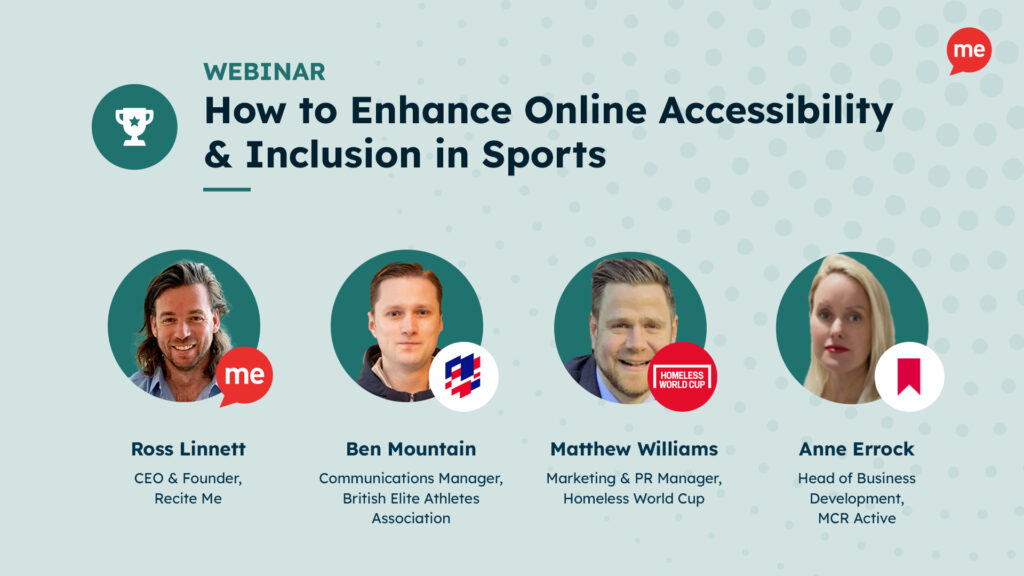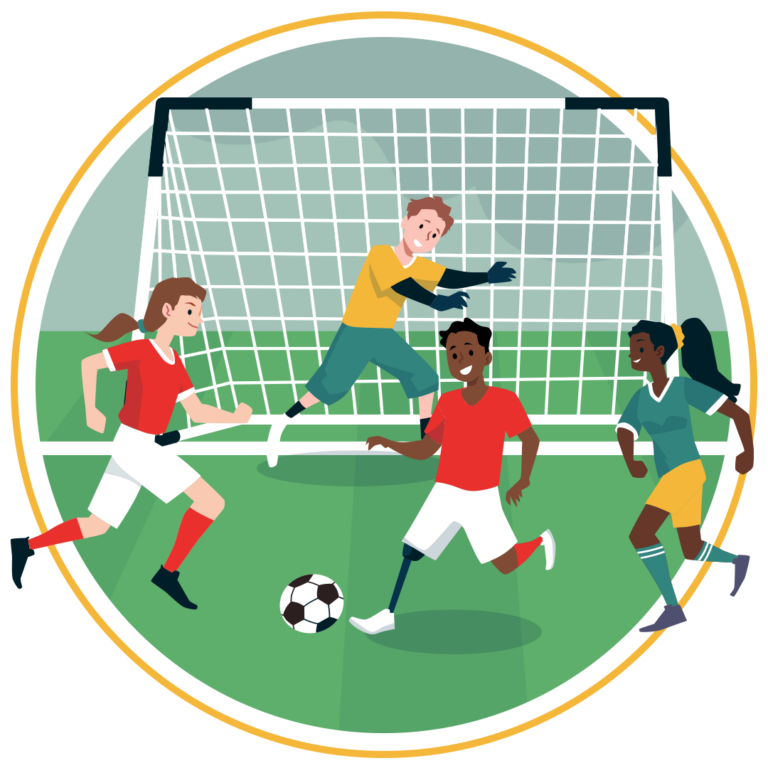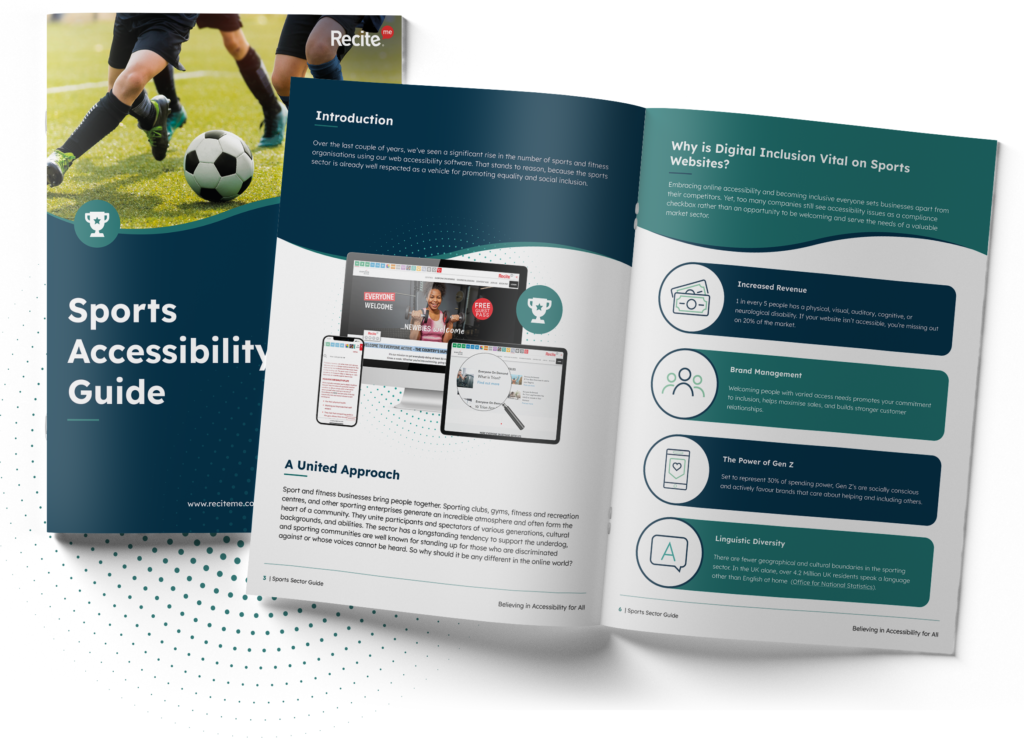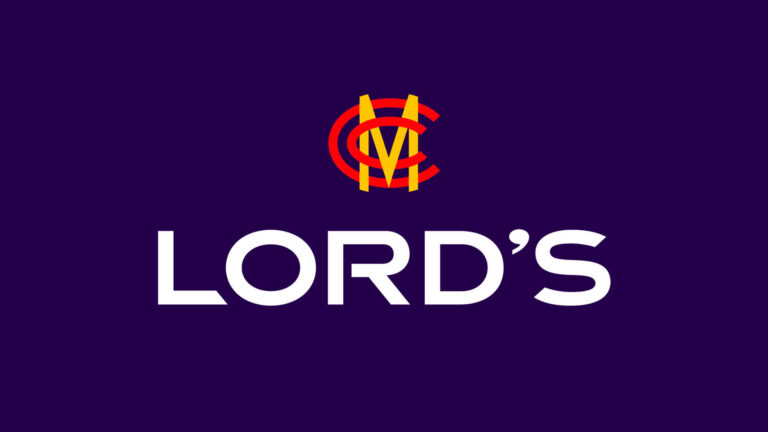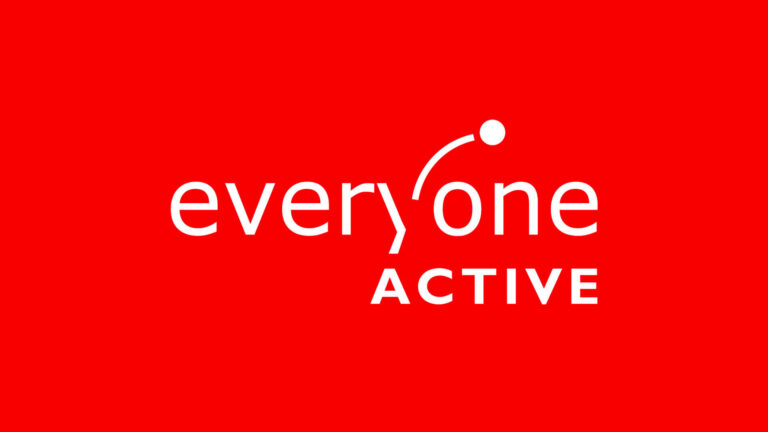Get Your Free Accessibility & Inclusion Toolkit
Download NowAs the world’s most popular sport, football possesses a unique power to unite people from diverse backgrounds. It has the ability to transcend boundaries, foster social cohesion, and promote a sense of belonging.
Join us as we take a deeper look into EDI in football and explore how improving diversity and inclusion across all facets of ‘the beautiful game’ can unite communities of players and fans and cultivate positive attitudes that reach well beyond the boundaries of the pitch.
The Role and Importance of Diversity and Inclusion in Football
Diversity and inclusion in football are essential for creating a welcoming and inclusive environment for everyone, regardless of their race, ethnicity, gender, sexual orientation, or disability, etc.
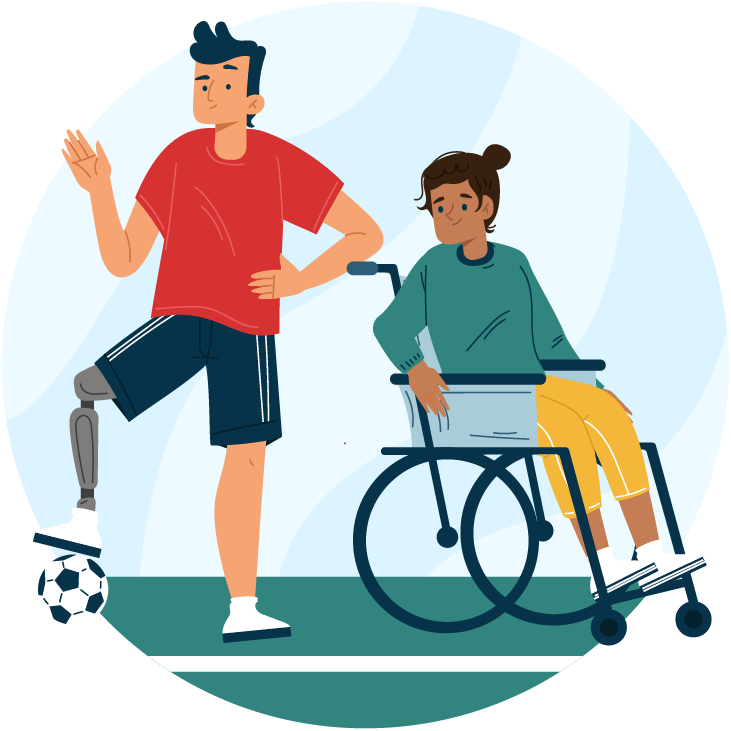
Embracing diversity reflects the real-world makeup of football fans and players and cultivates an atmosphere of acceptance, respect, and fairness. By promoting diversity and inclusion, football has the power to break down barriers, challenge stereotypes, and inspire social change both within the sport and in the broader social context beyond.
In recent years, the importance of diversity and inclusion in football has gained significant recognition and traction, leading to a greater focus on inclusion frameworks, regulations and initiatives.
- Kick it Out -Working throughout the football, educational, and community sectors to challenge discrimination, encourage inclusive practices, and campaign for positive change, Kick It Out is at the heart of the fight against discrimination for everyone who plays, watches, or works in football.
- Code of Governance – A 2020 initiative to set a higher standard for county FAs and provide support and guidance to those running the grassroots game up and down the country.
- A Game for All – The 2021-2024 EDI plan that continues on the foundations of ‘In Pursuit of Progress’, ensuring that tackling discrimination remains a core priority for English football.
But promoting D&I in football clubs isn’t anything that new. In fact, the game has been a driving force for change for decades already.
A Brief History of Diversity and Inclusion in Football
The history of diversity and inclusion in football has been marked by several significant milestones in concerted efforts to address discrimination and promote inclusivity. Here is a summary of some key moments:
- 1978 – Viv Anderson became the first black player to represent the England national team.
- 1993 – The Fare Network was founded as a dedicated organisational resource for combating discrimination in football.
- 1997 – The Kick It Out campaign was launched to combat racism in the sport.
- 2010 – The FA launched the Football v Homophobia campaign to address homophobia and support LGBTQ+ players, fans, and officials.
- 2011 – FIFA established the Say No to Racism campaign to promote equality and inclusion in football.
- 2012 – UEFA launched the Equal Game campaign to promote diversity, inclusion, and accessibility in football.
- 2015 – The English Football League (EFL) implemented the ‘Rooney Rule’ to increase diversity in coaching and leadership positions.
- 2017 – FIFA launched the Football for All Abilities initiative, aimed at promoting football opportunities for people with disabilities.
- 2019 – The Women’s World Cup in France achieved record-breaking viewership, highlighting the growing recognition and support for women’s football.
- 2021 – Marcus Rashford advocated for free school meals and raised awareness of child poverty, emphasising the role of footballers in promoting social change.
Diversity and Inclusion for Fans and Supporters
The majority of football clubs have embraced D&I practices within their stadiums to accommodate fans with diverse needs. Along with improved physical access for disabled supporters, leading clubs now provide additional services to maximise inclusion.
Sensory Rooms
Match days can be loud and intimidating experiences for fans – and especially children – with autism and other behavioural conditions. Sensory rooms provide a calming environment and a safe space with sensory-friendly features like adjustable lighting, noise reduction, and interactive activities. Several of Recite Me’s FA clients have invested in sensory rooms for their fans, including Watford FC.
Extending Inclusion to the Digital World
Several clubs have taken steps to ensure fans with hearing impairments can fully participate in match day experiences by introducing sign language interpretation. Arsenal was the first club to provide a permanent British Sign Language (BSL) service as part of Level Playing Field’s Unite for Access campaign. Since then, several others have followed suit.
Disability Football Programs
Many football clubs have established dedicated disability football programs catering to individuals with physical or cognitive disabilities. The Inclusive Football Directory provides an easy online search mechanism for individuals with disabilities to find football teams, events, leagues and jobs at clubs across the UK.
Download our Sports Accessibility Guide
Read more on why website accessibility is important to sports businesses, who needs support online, the type of access barriers users face, our top tips for an inclusive sporting website.
Extending Inclusion to the Digital World
The digital world plays a crucial role in modern football, and it is vital to ensure inclusivity in this space as well as in the physical world. Football fans supporters go online for many reasons, including to:
- Re-watch matches
- Access results/scores
- Check fixture dates and times
- Buy tickets to events
- Buy or renew memberships
- Access online chats with fellow fans
However, around one in five people has a disability that can make accessing online content challenging. So, football club websites must be accessible so that people with hidden disabilities like cognitive and neurological disorders, visual impairments, and language barriers can easily access the information they need.
Case Study: Kick it Out
Kick It Out wanted to increase the awareness of diversity and inclusion not only on the pitch but for fans online, so they implemented the Recite Me Assistive Toolbar. Read our Kick it Out case study here.
Keeley Baptista, Head of Partnerships at Kick It Out commented
“Disability inclusion is a central part of our work and we are excited to be working more closely with the team at Recite Me going forward as we aim to break down the barriers for disabled people in football. “We hope that football clubs and organisations see the benefit of the tool for their customers and supporters and look to address accessibility improvements on their websites too.”

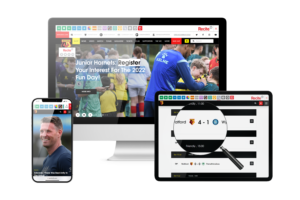
Case Study: Watford FC
Following the completion of developments around the stadium to improve accessibility, Watford FC has switched its focus to supporting people with hidden disabilities. Read our Watford FC case study here.
Dave Messenger, Supporter Liaison & Disability Access Officer at Watford Football Club commented
“We’re delighted to launch the Recite Me toolbar as part of the new-look website. We’ve focussed on improving our provision for supporters with hidden disabilities across this season and giving our supporters control of how the website looks will enable all supporters to easily access the information they want.”
Steps to Creating an Inclusive Online Football Community
For football clubs looking to create more inclusive online experiences, here are some essential changes you can make to provide more inclusive online experiences to a diverse audience:
- Provide closed captions and audio descriptions for live match streaming to facilitate more inclusive viewing experiences for people with hearing impairments.
- Integrate accessibility features across websites, apps, and social media platforms so individuals with neurological and cognitive differences can adjust colour contrast and font options, etc.
- Provide language assistance for the many supporters and fans who speak English as a second language.
- Ensure all pictures have alt tags so people with limited vision can follow along and understand how each image links to your webpage content.
- Structure web content using one H1 per page followed by H2-H5 tags for subheadings in descending order, so people who use screen readers can scan the information.
- Optimise navigation to ensure your online content can be accessed using a mouse, trackpad, keyboard, and, ideally, voice-activated assistive technology.
Integrate accessibility features across websites, apps, and social media platforms so individuals with neurological and cognitive differences can adjust colour contrast and font options, etc.
Provide language assistance for the many supporters and fans who speak English as a second language.
Ensure all pictures have alt tags so people with limited vision can follow along and understand how each image links to your webpage content.
Structure web content using one H1 per page followed by H2-H5 tags for subheadings in descending order, so people who use screen readers can scan the information.
Optimise navigation to ensure your online content can be accessed using a mouse, trackpad, keyboard, and, ideally, voice-activated assistive technology.
On-Demand Webinar: Online Inclusion in Sport
Tune into our on-demand webinar to hear from sporting organisations leading the way in providing inclusive online communications for fans, players and employees.
You will learn how you can engage with disabled, international and elderly visitors via your website. The session will equip you with best practices, hints and tips on how to ensure no one is excluded from your online communications.
